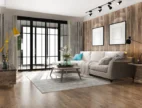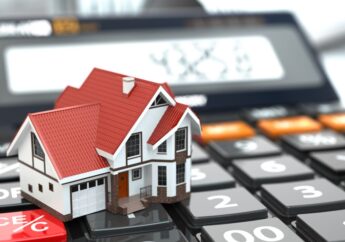How To Convert A Commercial Property Into A Residential Property
by Arnab Dey Real Estate Published on: 22 August 2022 Last Updated on: 18 October 2024
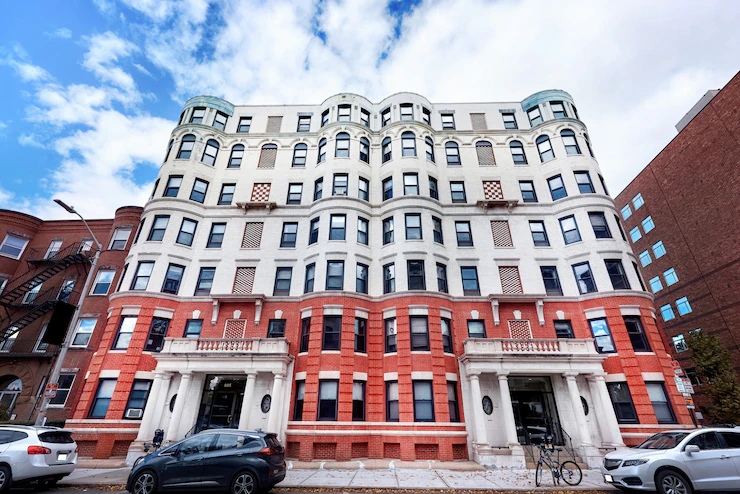
In the past, converting commercial premises into residential dwellings was difficult. However, in 2015, the introduction of The Town and County Planning (General Permitted Development) Order simplified the process. The recent ‘Use Class’ changes in 2020 also opened up many more conversion opportunities for developers.
Developing a commercial-to-residential property is now far more accessible, and increasing numbers of investors are cashing in on the opportunities this type of conversion offers.
As Stephen Clark, of Finbri Development Finance, explains, “As well as the lower taxes and faster decision making, commercial-to-residential conversions can also yield significant profits compared to residential conversions.
Commercial property is usually cheaper per square foot than residential, so a conversion could result in higher profit margins than purchasing a dilapidated residential property and renovating it.”
This guide will look at how you can complete a commercial-to-residential development and the benefits that this type of investment offers.
How To Convert A Commercial To A Residential Property
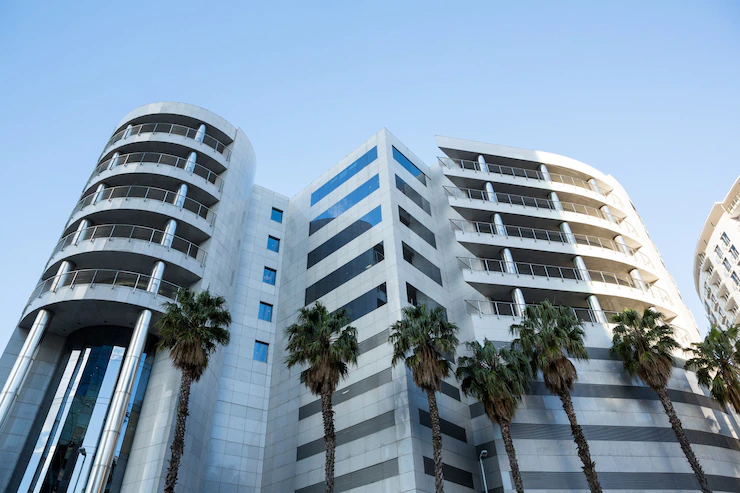
In August 2020, the government introduced changes to the permitted development rights and a month later made significant changes to the Use Class system created through the Town and Country Planning (Use Classes) Order 1987.
As a result, the improvements mean that formerly underused locations and assets can be repurposed, resulting in the more effective use of underutilized land.
Step 1: Check if the property is an exception.
Many commercial buildings are now eligible for conversion to residential use; however, be aware that certain exclusions may exist.
These are some examples:
- Buildings in areas set aside for conservation or national parks
- Areas of natural beauty or scientific interest that have buildings
- Listed buildings
- Buildings in military explosive zones or safety hazard zones
If you’re unsure, always check before purchasing the property. Although the above are exceptions, they may be possible to convert but will need planning permission and the help of an architectural firm.
The construction may need to be completed to a certain standard, and official rules may limit your plans for the design. There are also different rules for each local government, with some having more restrictions on permitted development than others.
Step 2: Find out the building class for the property.
In the UK, all buildings are categorized into a “Use Class.” It is important to note that the changes made in September 2020 mean several classes were revoked, including Classes A, B, and D.
In a general sense, these classes are:
- Class B includes general industrial structures (but not waste or chemical treatment facilities) and storage/distribution centers.
- Class C includes residential structures such as residences, hotels, and care facilities.
- Class E buildings include those used for commercial, business, or service purposes, such as stores, nurseries, or administrative offices.
- Class F includes community and learning centers such as museums, public libraries, small stores selling necessities, and meeting halls.
To continue with a commercial-to-residential conversion, you have to apply to change the use class. Depending on what class the building was when it was first built, you might not even need planning permission to carry out the intended development.
Step 3: Decide if you need planning permission.
Some changes don’t need planning permission, but you will still need approval from the local council.
Examples are:
- Shops
- Retail warehouses
- Showrooms
- Light industrial premises
- Banks
- Professional services
- Hairdressers
The buildings must be 150sqm or less, and you may need planning permission if you want to change the appearance of the exterior or extend the building. The same applies if you’re thinking about changing the windows or moving doorways.
Step 4: Decide on a budget for the conversion.
Before looking on the market for suitable properties, you should figure out your budget for the conversion project. It’s common for this kind of development work to come with unexpected costs, so it’s best to overbudget to allow for unforeseen eventualities.
In addition to buying the property and paying for the work, you’ll also have to consider the following costs:
Application for planning permission:
- Prior approval fee
- Stamp Duty Tax
- Solicitor/surveyor costs
You may also need to complete more building work, such as soundproofing or adding insulation, to make the property fit for habitation, so this stage is vital.
Step 5: Financing the conversion
There are many ways to pay for the conversion, and many developers choose a mix of commercial and development financing options. However, self-build mortgages and bridging loans are the most common, which can unlock the necessary finance to support all stages of the conversion.
Step 6: Find the right property.
Converting a business premise to a residential can significantly increase rental income and resale value; however, not every property has the same profit potential.
Before you commit to buying a property, consider the following:
- What do you plan to do with the property after its conversion? – For example, if you want to rent it out, are there many people in the area who would be interested?
- How much can you expect from the sale if you want to sell it?
- Have you looked at the surrounding area? – This is something you should always consider, no matter which property you buy, as this could negatively affect your profit margins.
- Have you received reliable quotes for the work? – Don’t go into the project without any knowledge. Get quotes from a few local businesses to figure out how much money you can expect to make.
What Are The Benefits Of Converting A Commercial Property For Residential Use?
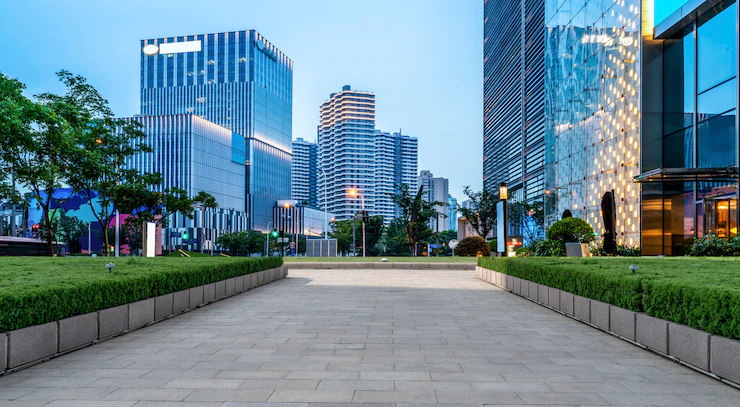
There are many benefits to a commercial-to-residential conversion:
A. Higher rental yield
If you are looking for BTL opportunities, buying a commercial property and converting it for residential lettings can demand a higher rental price than standard residential properties as they are usually larger in square feet than standard residential properties.
B. Most commercial properties are in good places
It’s not unusual for businesses to be in great spots like city centers or near public transportation. This makes a commercial property a lot more appealing to people who want to buy or rent it in the future.
C. Some owners of commercial properties want to sell quickly
If a commercial building has been empty for a while, the owner may want to sell it quickly. This means that you have a lot of room to negotiate the price.
D. It is a blank slate
Commercial property will probably need to be entirely renovated to make it suitable for residents. Starting from scratch will often give you much more freedom to change the layout and decorate the property the way you want to.
Possibility of making an HMO. If you want to make the most profit, you could turn a commercial building into an HMO, which allows you to rent to more people resulting in a higher rental yield.
Read Also:



























































































